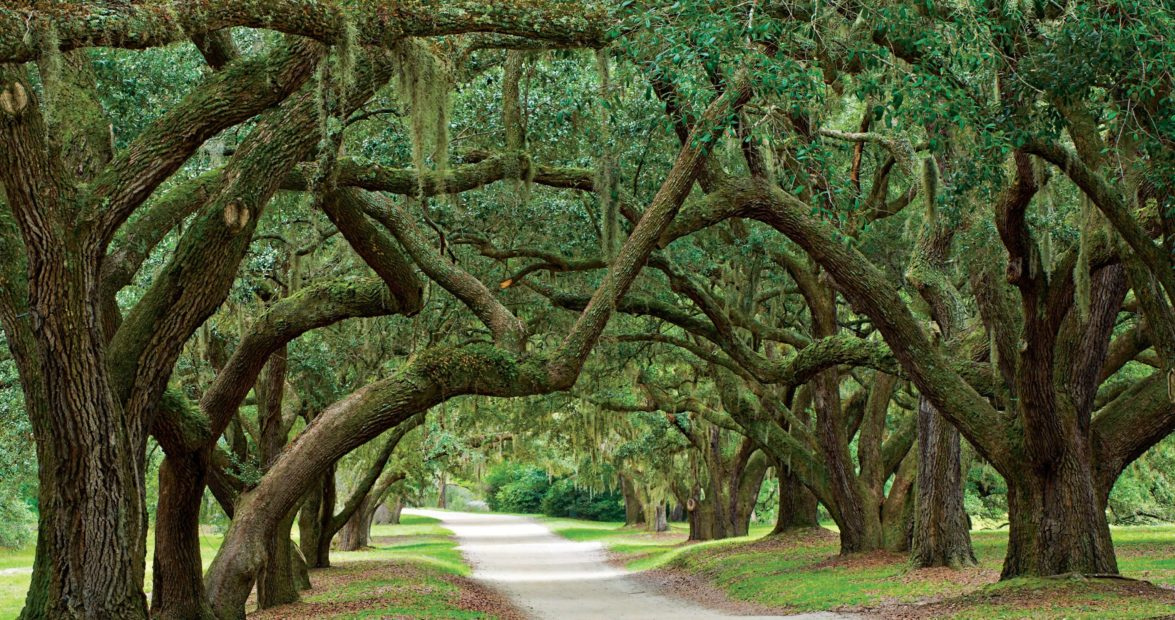
The Aesthetics of Quercus Virginiana planting
Unveiling Its Beauty
Quercus Virginiana, also known as the Southern Live Oak, is renowned for its unique and captivating aesthetics. Its dense, dark green foliage provides year-round beauty, making it an exceptional choice for ornamental purposes. The evergreen nature of this tree means it retains its lush leaves even during the winter, creating a beautiful contrast with the surrounding landscape.
The most striking feature of the Southern Live Oak is its distinctive canopy, characterized by long, arching branches that sweep down towards the ground, creating a majestic and almost surreal appearance. This characteristic gives it an air of grandeur that is hard to find in other tree species. The branches also offer a generous amount of shade, making it an ideal spot for outdoor gatherings and picnics.
The Quercus Virginiana is also known for its unique acorns. These acorns are oval in shape and add to the tree’s overall charm. In the fall, these acorns drop from the tree, creating a beautiful natural carpet beneath the branches.
Planting Your Quercus Virginiana
Choosing the Right Location
Planting Quercus Virginiana in your outdoor space is a significant decision, and selecting the right location is crucial to ensure the tree’s health and longevity. Southern Live Oaks thrive in full sunlight, so it’s important to choose a location that receives plenty of direct sunlight throughout the day.
One of the tree’s remarkable characteristics is its adaptability to different soil types. While it naturally thrives in coastal areas with sandy soil, it can also grow well in various soil types, provided the soil is well-drained. Adequate drainage is vital, as Quercus Virginiana does not tolerate standing water, which can lead to root rot.
Preparing the Soil
To provide the best growing conditions for your Quercus Virginiana, it’s advisable to prepare the soil thoroughly. Start by adding organic matter to the soil, such as compost or well-rotted manure. This enriches the soil, improving its structure, nutrient content, and water retention capacity.
Planting Process
1. Select a Healthy Sapling
Begin by choosing a healthy Quercus Virginiana sapling from a reputable nursery or garden center. Look for a sapling with a well-developed root system and a strong central leader (the main stem).
2. Dig a Suitable Hole
When you’ve chosen the right location, dig a hole that is twice as wide as the root ball but no deeper. This extra width allows the roots to spread out comfortably.
3. Positioning
Place the sapling in the hole, ensuring that it’s level with the ground. Avoid planting it too deeply, as this can lead to root suffocation.
4. Backfill
Gently backfill the hole with the soil you removed while digging. Pat the soil down as you go to remove air pockets and create good soil-to-root contact.
5. Watering
After planting, water the tree generously. Deep watering is important to settle the soil around the roots and ensure proper hydration. Use a soaker hose or a drip irrigation system for efficient and consistent watering.
Maintenance and Care
Once your Quercus Virginiana is established, it requires minimal maintenance. However, there are a few important points to keep in mind:
- Watering: Young trees need regular watering until they establish a strong root system. Once established, they are drought-tolerant, but it’s still important to water during dry spells.
- Mulching: Applying a layer of mulch around the base of the tree helps retain moisture and regulate soil temperature.
- Pruning: Minimal pruning is needed, primarily to maintain the tree’s shape and size. Remove dead or damaged branches as needed.
In summary, Quercus Virginiana, or the Southern Live Oak, is a magnificent tree with captivating aesthetics and environmental benefits. When planted and cared for correctly, it can thrive in various landscapes, providing shade, beauty, and a sense of timelessness to your outdoor space. So, get ready to experience the grandeur of the Southern Live Oak in your own backyard or garden.
FAQs
1. How fast does Quercus Virginiana grow?
Quercus Virginiana is a slow-growing tree, gaining approximately 12-24 inches in height per year. It’s a symbol of patience and longevity in your landscape.
2. Can Quercus Virginiana adapt to urban environments?
Yes, Southern Live Oaks are surprisingly resilient and can adapt to urban settings with the right care and maintenance. Their adaptability makes them a versatile choice for both rural and urban landscapes.
3. When is the best time to plant Quercus Virginiana?
The best time to plant Quercus Virginiana is during the late winter or early spring, as this allows the tree to establish its root system before the hot summer months.
4. Do Quercus Virginiana trees require pruning?
While they require minimal pruning, it’s essential to prune as needed to maintain the tree’s shape and size. This ensures the tree continues to enhance the aesthetics of your landscape.
5. Are there any specific pests or diseases that affect Quercus Virginiana?
While Quercus Virginiana is generally hardy, it can be susceptible to pests like oak moths and diseases like oak wilt. Regular inspection and prompt action are essential for maintaining the tree’s health. Consulting with a local arborist can help identify and address any issues promptly.